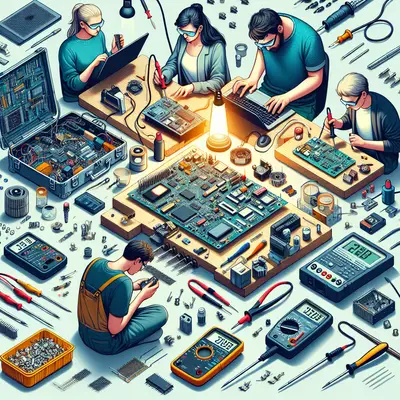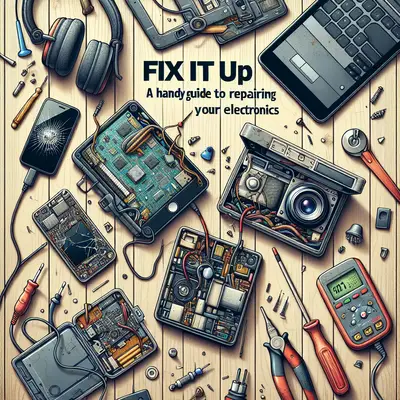Remember, some repairs are more complex than others. Always exercise caution, and if you're unsure, seek professional help.
Safety First
Before you dive into repairing your electronics, ensure your safety. Unplug the device, remove any batteries, and work in a well-lit, static-free environment. Avoid wearing jewelry that could conduct electricity. Using insulated tools can also help reduce the risk of injury.
Know Your Device
Understanding the device you're working on is crucial. Research online about the device model, common issues, and their solutions. Look for user manuals or repair guides, which often provide step-by-step instructions. Knowledge is power in electronics repair, so do your homework.
Invest in Quality Tools
Invest in a quality electronics repair toolkit. These usually include a variety of screwdrivers, tweezers, spudgers, and pry tools. A multimeter, which measures electrical characteristics like voltage and resistance, can also be invaluable in diagnosing problems.
Stay Organized
Keeping track of all the screws and small parts can be tricky. Use a magnetic project mat or containers to keep everything organized. Taking pictures as you disassemble your device can also be a helpful reference when it's time to put everything back together.
Practice Patience
Patience is key in electronics repair. Rushing can lead to mistakes or damage. If you encounter a stubborn screw or a part that doesn't want to move, don't force it. Take a break and come back to it later. Persistence and patience often pay off.
Conclusion
Electronics repair can seem daunting, but with the right tools and knowledge, you can save money and extend the life of your devices. Remember these tips the next time your device acts up. You might surprise yourself with what you can fix! Repairing your own electronics is not only practical but also rewarding. Happy fixing!



